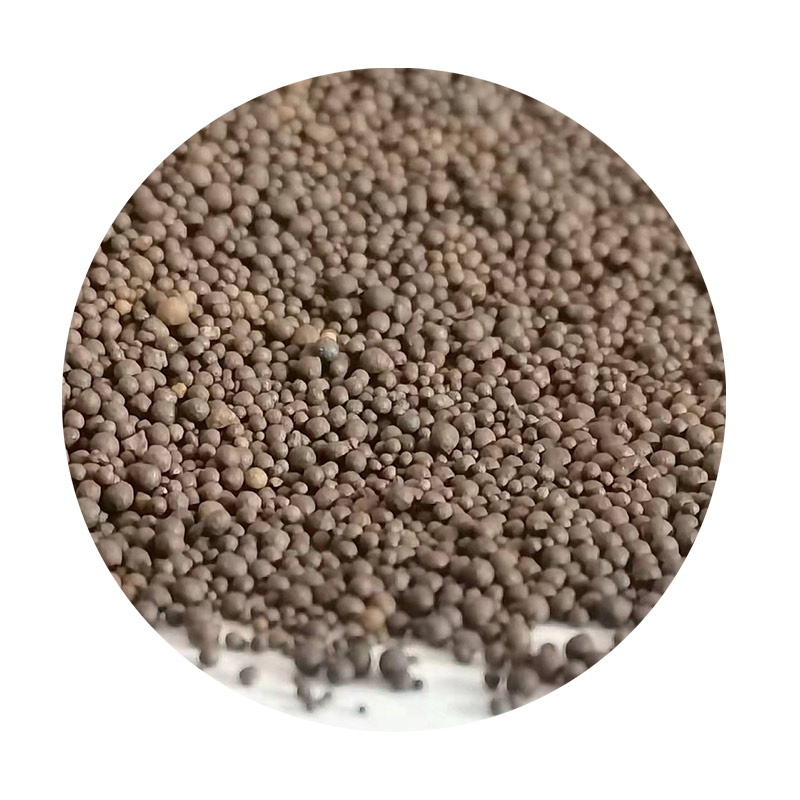How to Sand 3D Prints A Comprehensive Guide
3D printing has revolutionized the way we create prototypes, models, and even functional objects. However, achieving a smooth and polished finish can sometimes be challenging. One of the most effective methods to enhance the appearance of your 3D prints is sanding. In this article, we will delve into the steps, techniques, and tips to successfully sand your 3D prints.
Understanding the Importance of Sanding
Sanding is crucial for removing layer lines, imperfections, and support marks that are often present in 3D prints. A smooth finish not only improves the overall aesthetics but also enhances paint adhesion and can even reduce air resistance for functional parts. Sanding prepares your prints for additional finishing techniques such as painting or coating, giving your final product a professional look.
Materials Needed
Before you start sanding your 3D prints, gather the following materials
1. Sandpaper Choose various grits, ranging from coarse (80-120) to fine (600-2000). 2. Sanding blocks These help create a flat surface for sanding larger areas. 3. Water or lubricant For wet sanding, which minimizes dust and provides a smoother finish. 4. Respirator mask Protects against dust inhalation, especially when sanding certain types of filament. 5. Cloth For cleaning the print before and after sanding.
Preparation
Begin by removing any support structures from your print. Use a pair of pliers or a hobby knife to carefully detach the supports. Once cleaned, inspect the model for any significant imperfections or protrusions that may require trimming before sanding.
how to sand 3d prints

Sanding Process
1. Start with Coarse Grit Begin with a lower grit sandpaper (around 80-120 grit) to tackle the prominent layer lines and surface defects. Sand evenly over the surface while applying moderate pressure. Be cautious not to sand too aggressively; this can lead to uneven surfaces.
2. Move to Intermediate Grit Progress to medium grit sandpaper (around 220-400 grit). This stage focuses on refining the surface further. At this point, you'll start to see a noticeable difference in the print's smoothness.
3. Finish with Fine Grit Finally, use fine grit sandpaper (600-2000 grit) to achieve a polished finish. If you are considering painting your print, this grit will help create an ideal surface for paint adhesion.
4. Wet Sanding For a finer finish, consider wet sanding using water or a special lubricant. This method reduces dust and enables smoother sanding. Ensure that your 3D print material is compatible with wet sanding, as not all materials, like certain plastics, react well to moisture.
Final Touches
After sanding, wipe down the print with a cloth to remove any dust particles. Inspect the model closely; you may choose to repeat the sanding process if you desire an even smoother finish.
Conclusion
Sanding 3D prints can be a rewarding process that transforms a rough print into a finely finished piece. With the right tools and techniques, you can achieve professional results. Remember to take your time, always wear appropriate safety gear, and enjoy the journey of refining your 3D projects. Whether you are a hobbyist or a professional, mastering the sanding process will enhance the quality of your prints significantly.
Post time:Th10 . 03, 2024 17:23
Next:Användning av formsand i byggsektorn för hållbara konstruktioner
